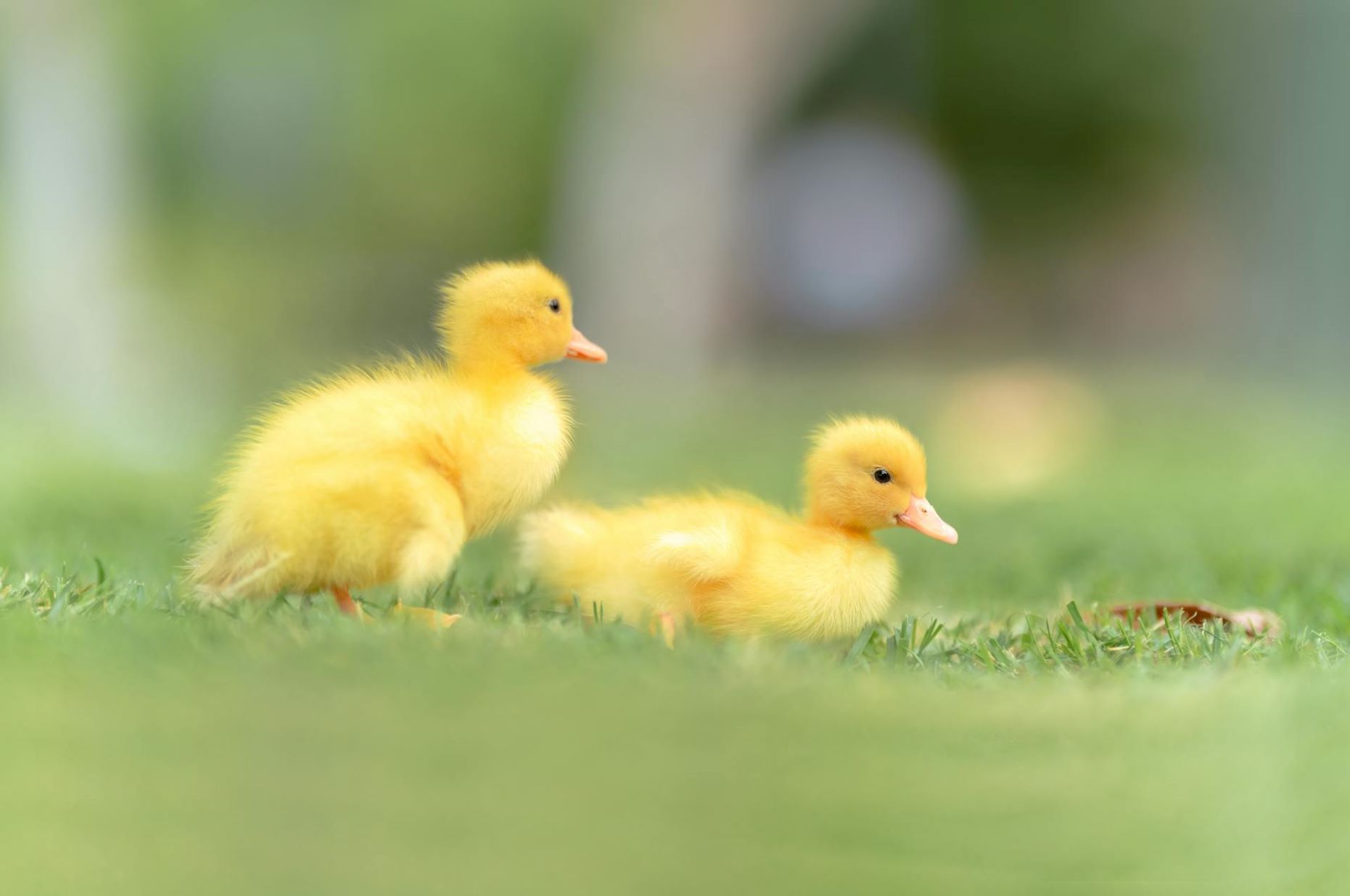TheLitPerspective is your one-stop shop for everything that ignites the spark of curiosity within you.
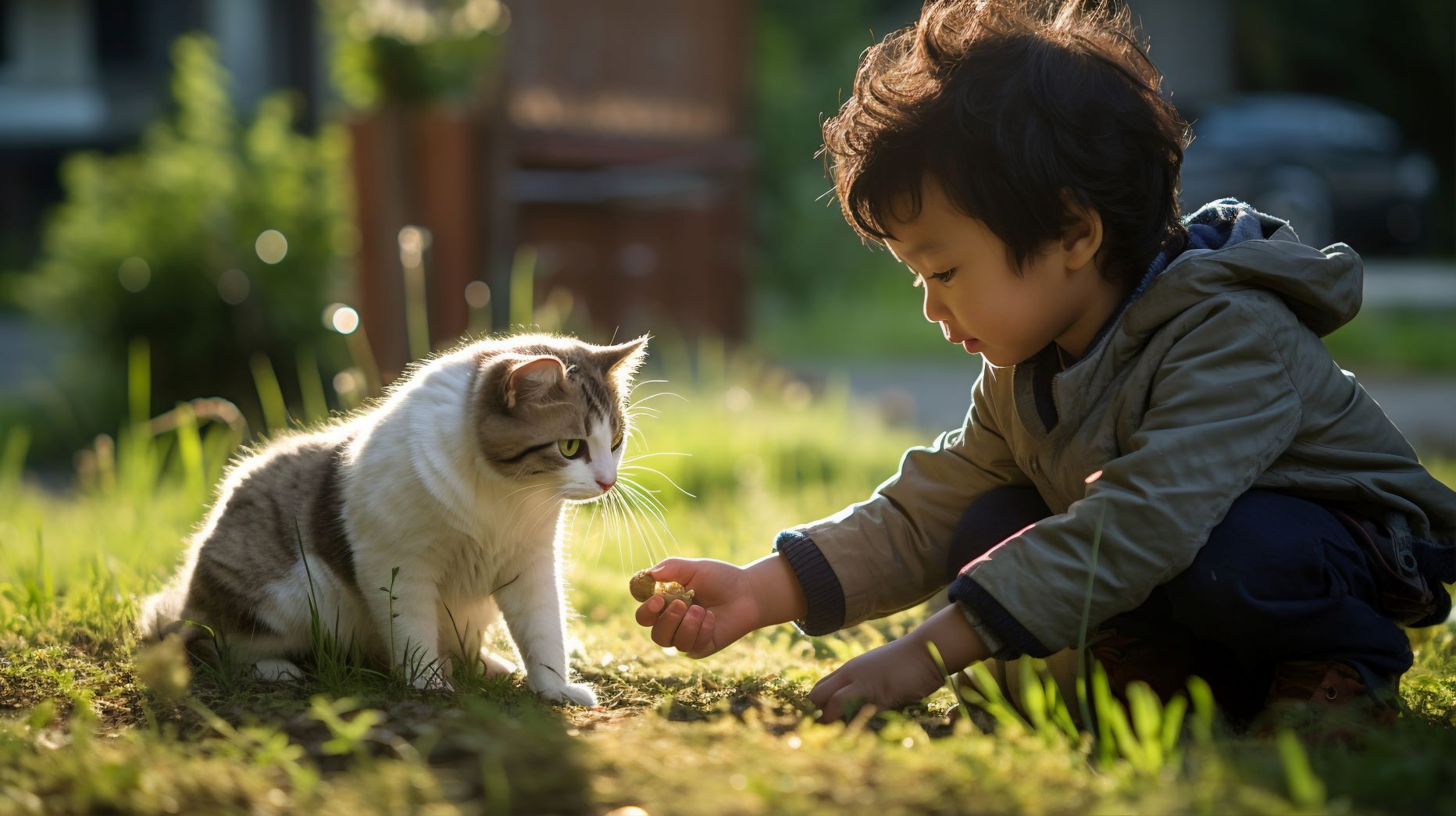
In MacDonald’s Farm: What Do Children Learn From Animals?
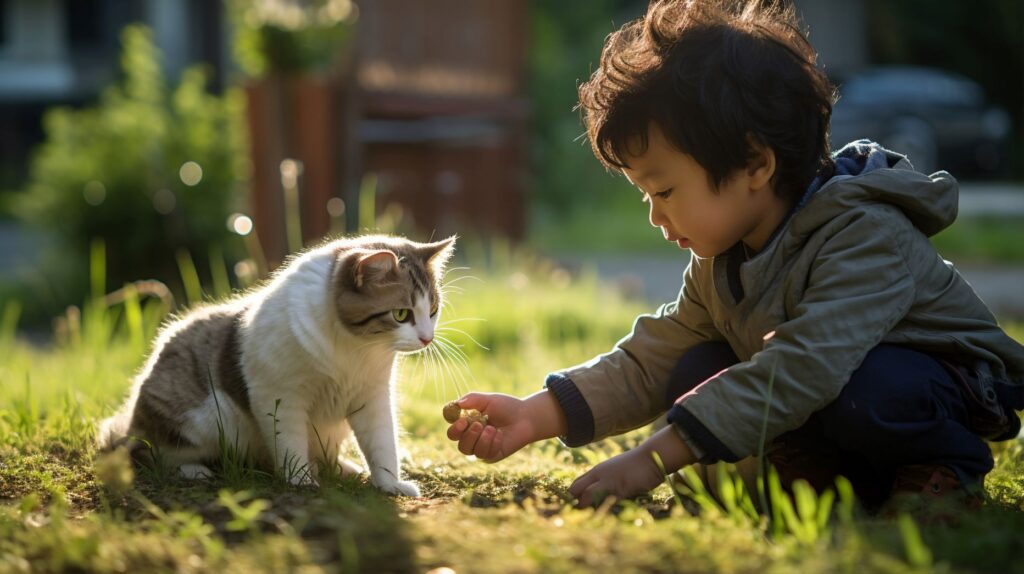
Aside from a myriad of noises and sounds, what else do children learn from animals?
From Winnie the Pooh and Charlotte’s Web to 101 Dalmatians, many children’s materials revolve around or include animals in their storylines. Whether it’s for entertainment or authors want to convey an important message, the common protagonist in their materials usually belongs to the animal kingdom.
This can be attributed to several different reasons. One of which is the fact that children have an undeniable soft spot for these characters.
Be it for their adorable appearance or affectionate nature, animals are well-loved and adored by kids, even those deemed dangerous and scary by adults. Hence, there’s no use questioning why most creators use their charms to gain children’s attention.
The Importance of Learning About Animals
Learning about animals is nothing new. It’s deeply incorporated into their scholastic curriculum, an ever-present pointer in every science teacher’s plan. However, learning about them and learning from them are evidently different matters. The former is done to ensure children know how to approach them when they see one, while the latter is for an entirely different purpose.
Children learn about animals, so they become more knowledgeable about the critters around them. They begin to understand which are harmful and which they can openly approach to play with. With such information, they become more informed about the creatures living on Earth at the same time as them. They learn about their physical characteristics, knowing what expressions and body language mean for them to stay in safe proximity.
Typically, children learn about animals so they’ll have safe experiences with them. They learn about their features, differences, and similarities so they can identify which they’re safe with.
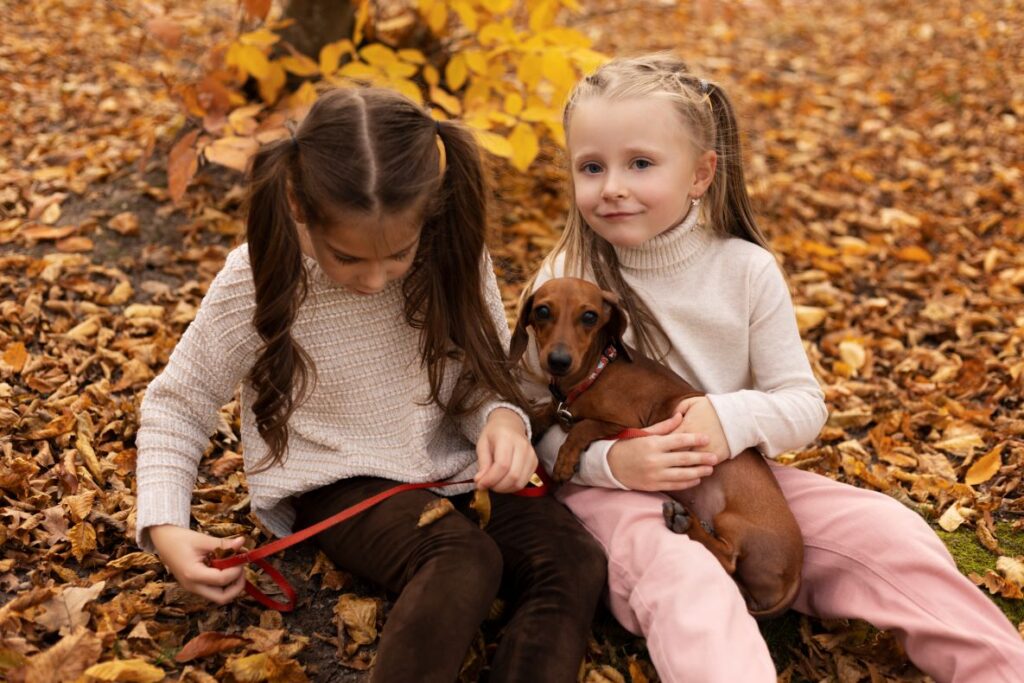
However, when it comes to what children learn from animals, the situation becomes entirely different. What they know and how they apply these in life fulfill totally different intentions.
What Do Children Learn From Animals?
Anyone can benefit from learning from animals. Everybody deserves a good model from which to gather wisdom, and animals are some of the best examples.
Children learn from animals values they may often not observe in people. Especially when goodness seems to have become overrated, they’re more likely to know about unconditional love and kindness from these critters better than they would see unfold among humans.
In 12 Little Ducks, Janice Jobey’s educational book about baby ducks, children are introduced to duck hatchlings. They’ll follow these lovable characters as they learn to navigate through their habitat at such young ages. Although limited in pages, 12 Little Ducks doesn’t disappoint in the values that children will gather within its pages. It’s packed with lessons, whether it be facts about ducks or virtues these hatchlings need to embody during their journey.
If you’re looking for material to show what children learn from animals, grab a copy of 12 Little Ducks by Janice Jobey!
Without a doubt, animals are essential for the world’s ecosystem and children’s development. They have an inestimable value with regard to how they impact their lives. For starters, here are some attributes children learn from animals:
Bravery
Most of the animals in the kingdom are known for their courageous and aggressive nature. They know how to stand their ground and show no fear when it comes to fending off enemies. This doesn’t mean children must be taught to be more aggressive to their peers. Instead, this value is something they can benefit from by not learning to not let fear hinder them from doing things.
Bravery comes with confidence and self-belief. Hence, children learn from animals virtues that will undoubtedly impact how they carry themselves.
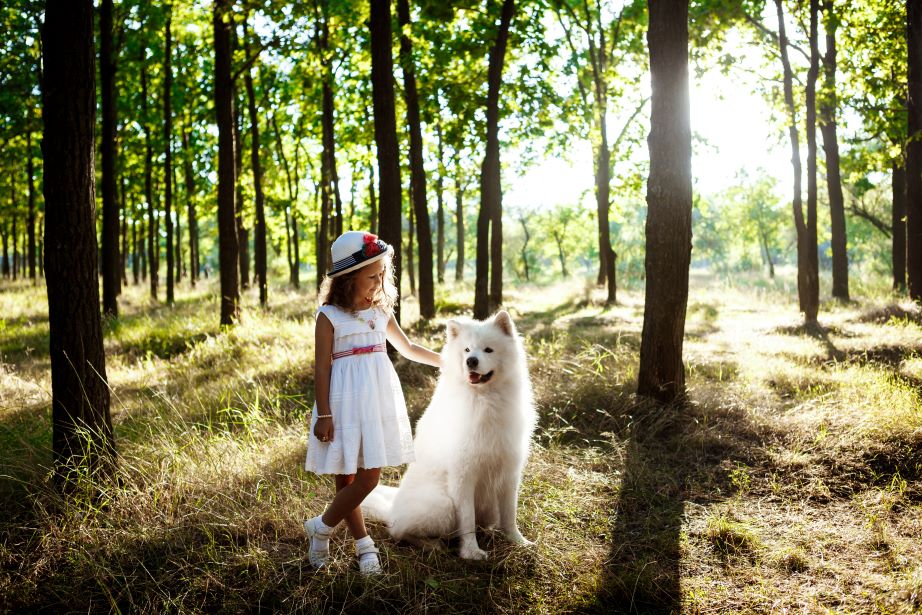
Compassion
One of the most significant virtues children learn from animals is kindness. While they say being friendly and tender-hearted is natural, it is better cultivated through demonstrations.
Animals may have the tendency to be aggressive with others, especially those outside their packs. But they can also be some of the kindest, most generous creatures to ever walk Earth. This is something children should be taught, especially at a young age. This doesn’t mean they have to stand by and endure when someone bullies them, as that would be against the previous point. Instead, this means that they should still choose kindness even before children who may act in contradiction.
Even when surrounded by people who can be challenging to understand, children learn from animals that they can still be kind and understanding. They can always choose to forgive.
Being in the Moment
Talking about something children only learn from animals, being in a seemingly constant state of peace is one thing to benefit most from. Some animals may appear naïve or unaware of their surroundings. But this shows gracefulness and peacefully taking their time to do the tasks at hand. However, this characteristic may seem like it’s not beneficial, especially for children.
Even the young ones need to appreciate life and live one moment at a time. This way, they don’t easily become distressed.

Witty and whimsy. As a writer, Mia finds a pleasant balance between clever and creative. With years of experience under her name, she aims to add meaning to your life through the articles she writes.

